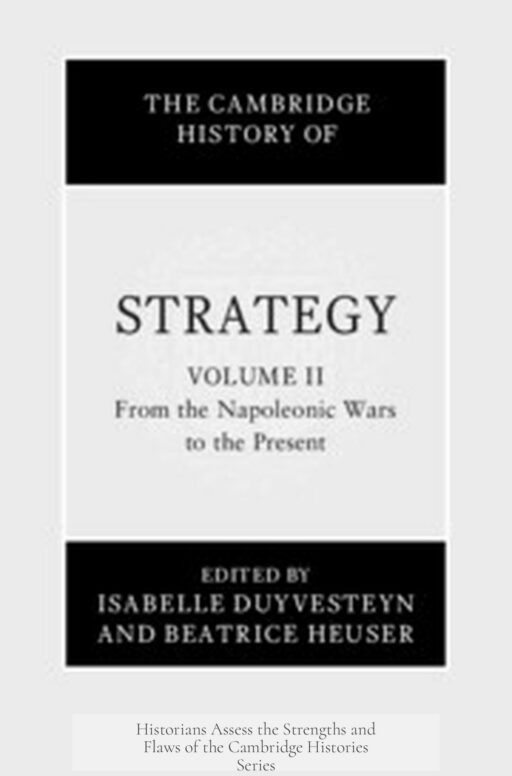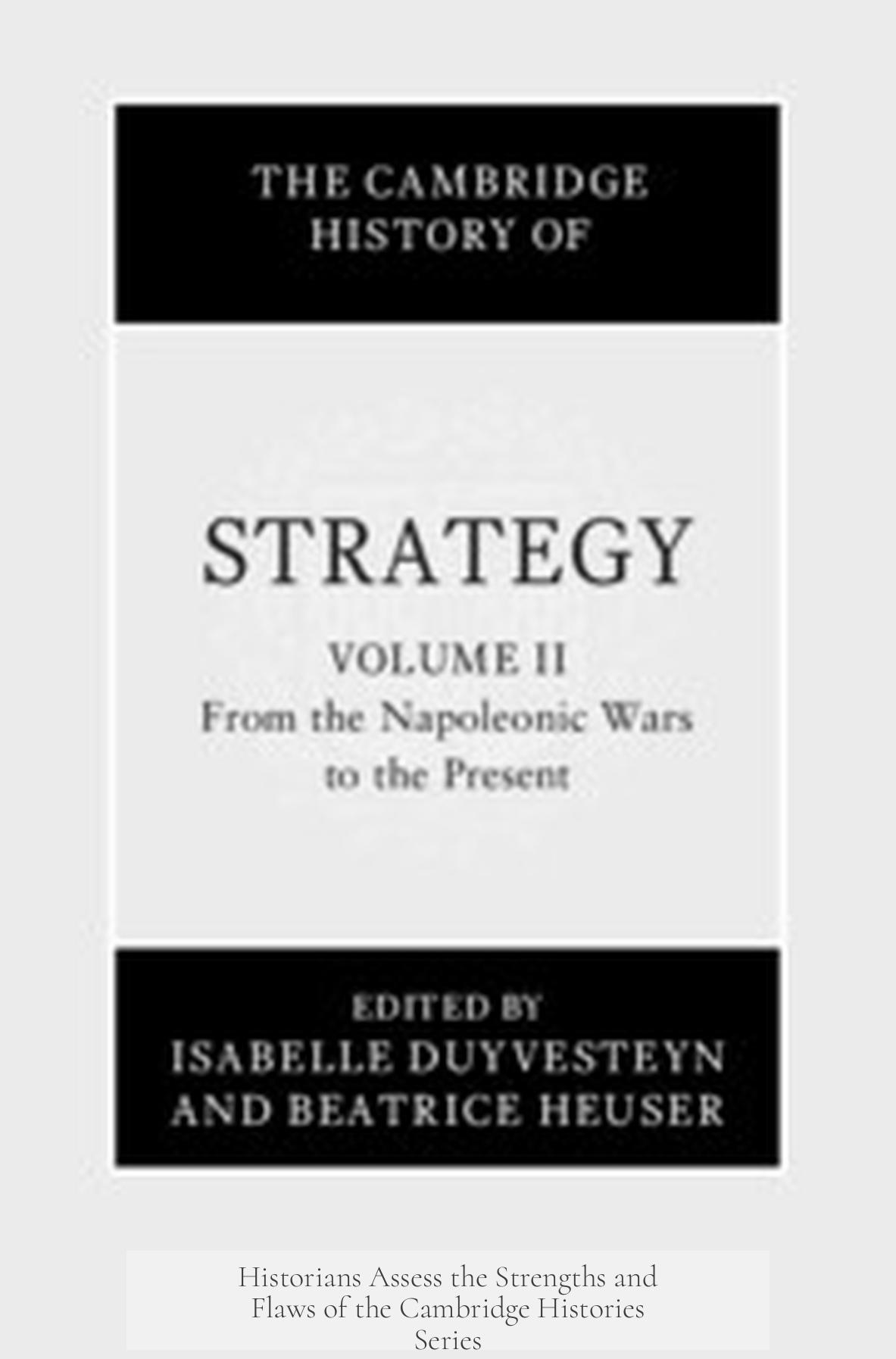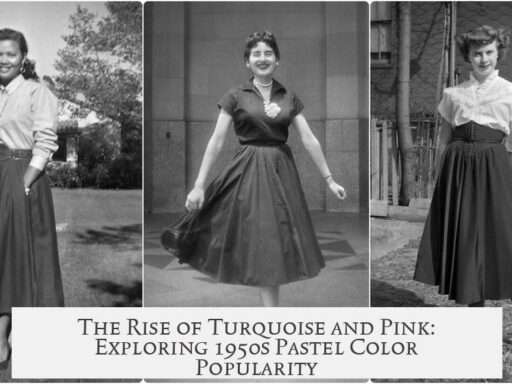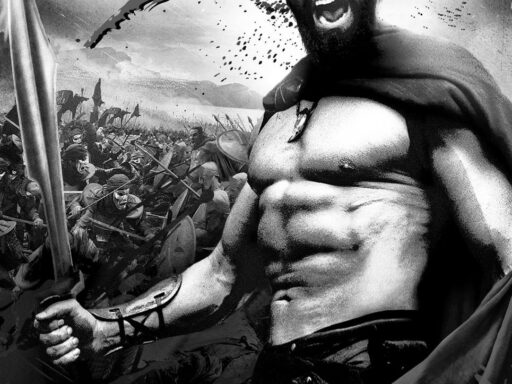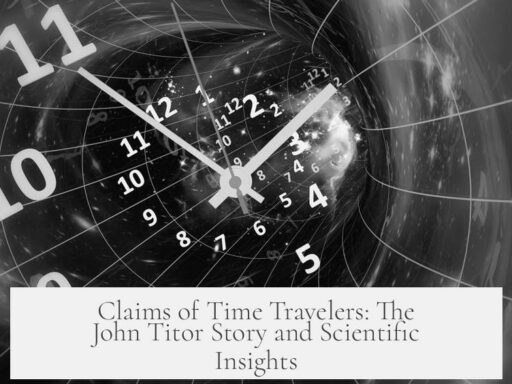The Cambridge Histories series is widely regarded by historians as a valuable, high-quality resource for comprehensive historical overviews, though not without certain limitations regarding perspective and scope.
The series enjoys a strong reputation for readability and design. Volumes balance chronological and thematic approaches coherently. Each multi-volume set works well both as a collective resource and as standalone books. This flexibility benefits readers seeking broad or specific entry points into topics.
Historians praise the logical structure and up-to-date scholarship found in many volumes. For example, the Cambridge Histories covering the First World War, Second World War, Russian history, and Communism demonstrate consistency in presenting current research and a firm grasp of contested debates. Authors often engage with historiographical disputes, sharing their viewpoints clearly. However, the series does not primarily focus on these debates but presents synthesized interpretations. For deeper exposure to historiographical disagreements, alternative series like Saint James Press’s History in Dispute offer more direct exchanges between scholars.
The Cambridge Histories are not explicitly marketed as definitive accounts, but their consistently good quality earns them that informal status among academics. Content inevitably ages, yet Cambridge University Press actively addresses this by issuing updated “New Cambridge History” editions for older works on topics such as Japan and Islam. The series aims for comprehensive coverage, rather than quick snapshots of a subject.
Despite its many strengths, the series has notable weaknesses. One key issue is prolonged publication timelines. For instance, the 16-volume Cambridge History of China began in 1978 but still awaits its final volumes. This multi-decade process sometimes means earlier volumes include contributors who have passed away by the time later ones are released. Such delays can affect consistency and currency.
National bias also influences the series. Given Cambridge University’s British origin, there’s a predominance of Western scholars, particularly from the Anglosphere and Europe. While these historians are highly qualified, the series often favors English-speaking experts writing about non-English subjects over native experts. An example is the choice of John Gooch and Gerhard Weinberg, both Anglosphere historians, to cover Italian and German grand strategies in the Second World War volume instead of Italian or German historians. This approach is standard but might limit perspectives.
Moreover, the general editors coordinating each history series tend to come from English-speaking or Western countries. Their ties to local academic traditions may be weaker than those of specialist scholars native to the topic’s geographical or cultural setting. For example, none of the six general editors of the Cambridge History of Japan are Japanese, potentially missing deeper, lifelong connections within the field. This selection process does not necessarily reduce scholarly quality but shapes the lens through which history is framed.
Regarding audience, the Cambridge Histories fit a range of readers well. Middle and high school students, undergraduate students, sub-college educators, and interested lay readers will find the content both accessible and thorough. For postgraduate students, these works serve as stepping stones. Their extensive bibliographies guide further specialized research beyond entry-level study.
In summary, the Cambridge Histories series stands out for well-crafted, comprehensive historical surveys. Their consistent quality makes them go-to references for many readers. Nonetheless, users should recognize delays, potential Western-centric biases, and the series’ limitations in presenting alternative interpretive debates. As a foundational resource, Cambridge Histories strike an effective balance between readability, depth, and scholarly integrity.
| Aspect | Strengths | Limitations |
|---|---|---|
| Quality & Design | Readable, logical, balanced structure; standalone and series use | Long publication timelines; uneven volume completion |
| Content & Scholarship | Current literature, historiographical clarity, comprehensive scope | Limited focus on debates; selected viewpoints dominate |
| Editorial & Cultural Bias | Highly qualified contributors; strong research standards | Predominantly Anglosphere scholars; lack of native expert editors |
| Audience Suitability | Accessible for students, teachers, and lay readers; solid bibliographies | Postgraduate use requires additional sources |
- Cambridge Histories offer comprehensive, readable, and well-structured overviews.
- They engage historiographical disputes but are not debate-focused.
- Publication delays and Western-centered authorship shape some volumes.
- The series suits multiple audiences but postgraduate learners need broader resources.
What Do Historians Think of the Cambridge Histories Series?
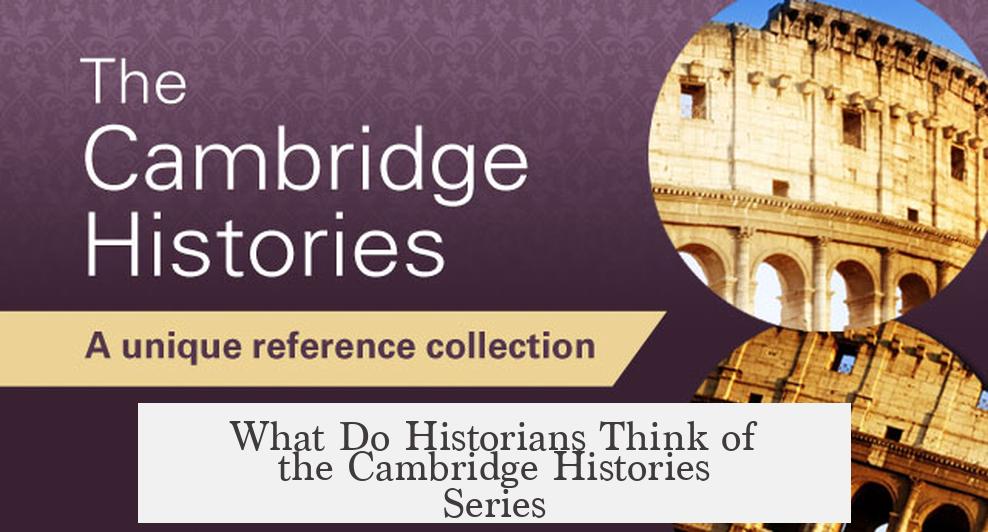
If you want a straight answer: Historians generally think the Cambridge Histories series is very good—offering reliable, well-structured, and readable overviews. But like all major works, it has its quirks and blind spots. Now that we’ve set the tone, let’s dig deeper into what makes this series both beloved and debated by the historical community.
The Cambridge Histories series stands tall among historical references. Imagine it as a vast, multi-volume encyclopedia covering everything from the First World War and Russia to communism and Japan. Historians praise its readability. The books strike a smart balance between chronological storytelling and thematic analysis. This approach helps readers understand complex topics logically and methodically.
One of the clever bits: these volumes can be read as a whole series or independently. So whether you want to dive into “The Cambridge History of the Second World War” or simply browse volumes on Russia, the structure supports both group and solo reading. That kind of flexibility is a strong asset in a world of often dry academic texts.
But let’s not pretend it’s all sunshine and roses. The Cambridge Histories don’t wear their biases on their sleeves, but they do have them. The series is a British institution’s baby. Naturally, its editorial leadership and many contributors tend to represent the Anglosphere and European academic traditions. This can sometimes lead to an outsized focus on Western perspectives.
Take the “Cambridge History of the Second World War,” for instance. The editors picked excellent English-speaking historians like John Gooch for Italian grand strategy and Gerhard Weinberg for German grand strategy. Both are authorities who’ve written extensively, but they are outsiders when compared to native scholars such as Pier Paolo Battistelli or Karl-Heinz Frieser. It’s not that the Anglosphere experts are wrong or uninformed. But their viewpoint can differ subtly, filtered through a different historical culture and language.
Another less obvious weakness is the time these projects take to complete. Some volumes, like the vast Cambridge History of China, started back in the late 1970s and still haven’t finished. This means the series sometimes spans generations of historians, with authors from different eras contributing disparate perspectives. So, the early volumes can feel a little dated compared to the fresh perspectives found in newer installments.
How about disagreements? You may expect a contentious battleground of historiographical disputes in these pages. However, the Cambridge Histories are not designed to spotlight debate as their main feature. Most chapters present a given historian’s perspective firmly but politely. For readers craving historian-versus-historian duels on controversial issues, the “History in Dispute” series from Saint James Press is the go-to series, featuring lively essays sharply divided along interpretative lines.
Still, the Cambridge Histories are excellent at summarizing and synthesizing the traditional narratives and fresh research of their time. You won’t find many sweeping claims of “definitiveness.” That’s not how these series roll. Instead, they aim for thoroughness. These books become what academics see as solid, reliable, entry-level overviews—not flashy masterpieces trying to rewrite history overnight.
Cambridge University Press (CUP) knows the content ages. To tackle this, CUP issues updated versions like the “New Cambridge History of Japan” or the “New Cambridge History of Islam” to keep content fresh and responsive to new research trends. This willingness to revisit old ground is a mark of scholarly integrity.
Now, who exactly should pick these tomes up? The Cambridge Histories suit middle and high school students, undergraduates, history teachers below college level, and enthusiastic general readers. They deliver rich, self-contained narratives and wide bibliographies for further reading. These bibliographies are treasure maps leading any serious student to primary sources and deeper explorations.
Masters-level and beyond? You’ll want to complement your reading with specialized monographs and up-to-date journal articles. The Cambridge Histories won’t be your last port of call, but they’ll give you solid foundational knowledge and a broad understanding of the scope.
To Sum It Up: Strengths, Flaws, and Recommendations
- Strength: Clear, structured, and reasonably comprehensive accounts designed for easy reading.
- Strength: Flexibility in reading approach and outstanding bibliographies guide you beyond the books.
- Flaw: Long project timelines can cause some volumes to feel outdated by the time they release.
- Flaw: A Western/American/British editorial and contributor slant shapes the narratives, which may miss native cultural nuances.
- Flaw: Limited historiographical debate—more narrative than conversation.
Still wondering if the Cambridge Histories are worth your shelf space? Consider what you want from historical works. Are you peering into history for broad strokes and trusted summaries? Then this series fits perfectly. For intense argument and diverse scholarly disagreements, try complementing it with other series or journals.
The Cambridge Histories stand as foundational staples in historical academia. Despite some quirks, they remain among the best multi-volume histories on offering knowledge that is dense yet accessible. If history is your passion—whether student, teacher, or armchair enthusiast—these books are a solid investment in your intellectual pursuits.
“They are not perfect, but then, what in history is? The Cambridge Histories offer a doorway to the past that is often expansive, sometimes idiosyncratic, and always inviting.”
When’s the last time you cracked open a Cambridge History? Maybe it’s time to set aside an afternoon and venture through these volumes. It’s a challenge and a delight in equal measure.
What do historians generally think about the quality of the Cambridge Histories series?
Historians find the Cambridge Histories generally very good. They are well structured, readable, and balanced between chronological and thematic approaches. The design allows volumes to be read individually or as a set.
Does the Cambridge Histories series focus much on historiographical debates?
Not really. While authors sometimes express particular viewpoints, the series is not centered on debate. For conflicting opinions on topics, historians prefer the ‘History in Dispute’ series instead.
Are the Cambridge Histories considered definitive sources?
They are often treated as definitive entry-level overviews because of their consistent quality. However, they do not claim explicit definitiveness and sometimes need updates, as shown by newer editions like the ‘New Cambridge History’ series.
Are there any biases or limitations in the Cambridge Histories series?
Yes, some volumes take decades to complete. The series leans toward British and Western scholars, sometimes favoring English-language experts over native specialists. General editors also tend to come from the anglosphere or Europe rather than the regions studied.
Who is the Cambridge Histories series best suited for?
They fit middle and high school students, undergraduates, history teachers, and lay readers well. For advanced study, like master’s level, students need to supplement them with other detailed works, but the bibliographies help guide further research.
